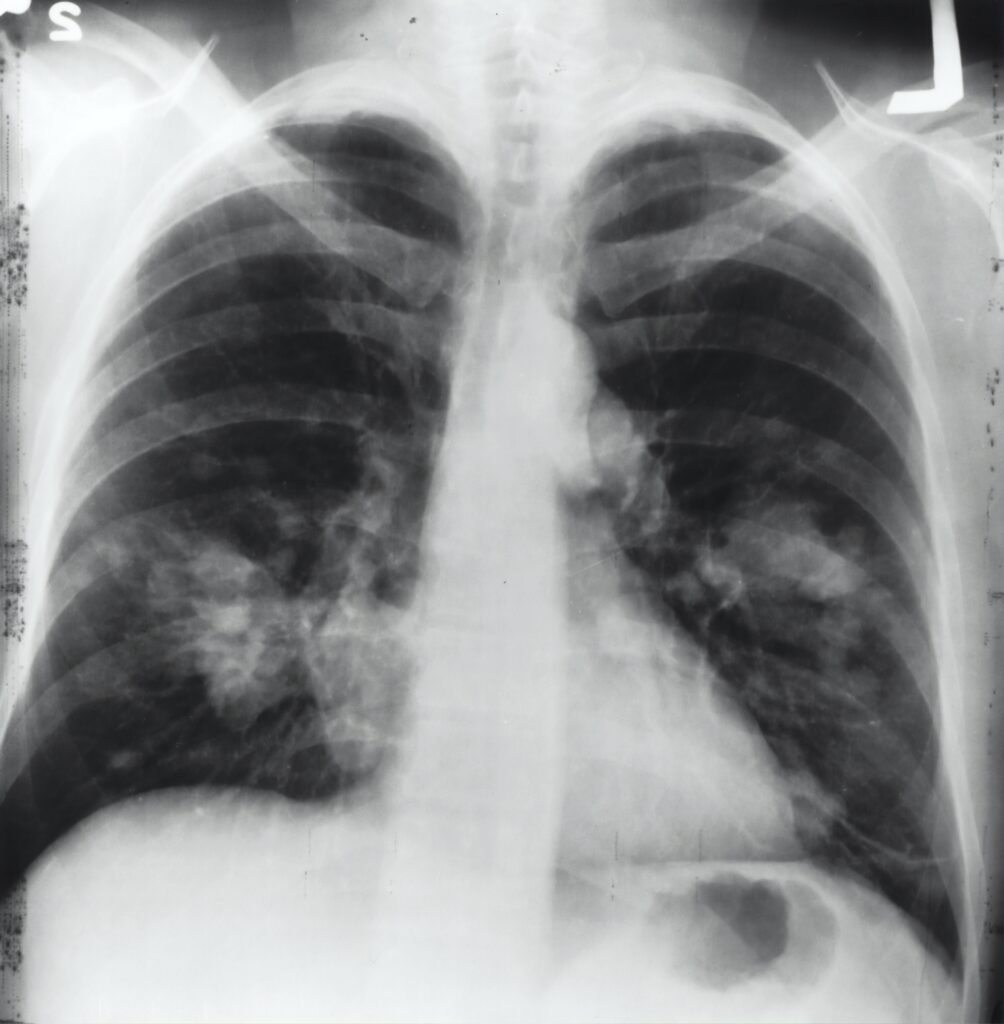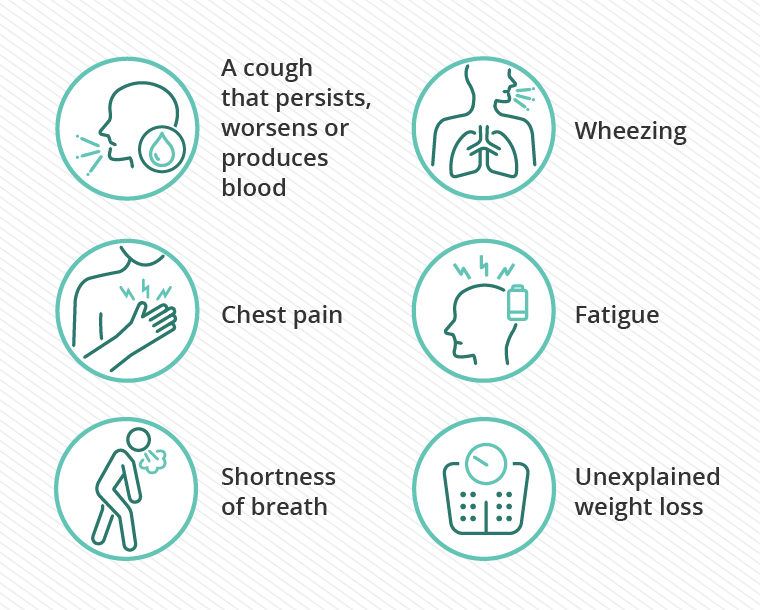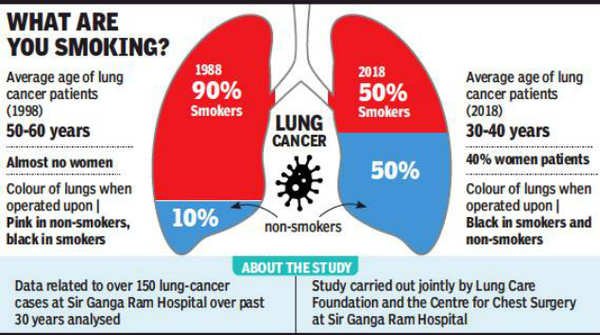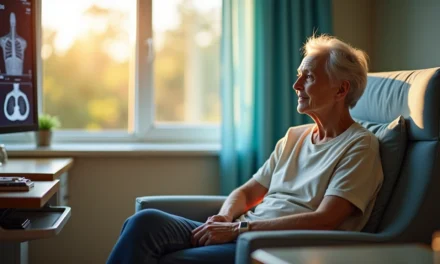Introduction to Lung Cancer Rising:
Lung Cancer Rising: The increasing prevalence of lung cancer is becoming a critical global health concern.
In simple words, lung cancer is a type of cancer that starts in the lungs, where tiny cells begin to grow uncontrollably. These abnormal cells can spread to other parts of the body if not treated in time. The rise in lung cancer cases is largely due to lifestyle choices, environmental factors, and genetics. Among these, smoking remains the leading cause of lung cancer. However, even non-smokers are at risk due to exposure to secondhand smoke, air pollution, and hazardous chemicals.
It’s crucial to understand why this rise is happening and what can be done to prevent it.
Why Is Lung Cancer Increasing?
One of the biggest reasons for the increase in lung cancer cases is the continued use of tobacco products. Cigarettes, cigars, and other tobacco products contain harmful substances that damage lung tissue, causing cells to mutate and form cancer. Despite widespread knowledge of the risks, smoking remains popular in many parts of the world, especially among younger populations.

Additionally, air pollution contributes to the rising rates of lung cancer. Many people are exposed to pollutants daily, which can lead to long-term health effects. Workplace exposure to substances like asbestos and certain chemicals also increases lung cancer risk, highlighting the need for better occupational health policies.
Symptoms and Early Detection:
Understanding the symptoms of lung cancer can lead to earlier diagnosis and better treatment outcomes. Some common symptoms include a persistent cough, shortness of breath, chest pain, and unexplained weight loss. However, lung cancer symptoms often go unnoticed until the disease is in an advanced stage, which is why it’s known as a “silent killer.” This makes early detection difficult but essential. Routine screenings, especially for people at high risk (like smokers and those with a family history of cancer), are crucial.
Medical professionals often use imaging tests like CT scans to detect lung cancer early, but awareness of symptoms is still essential.
Treatment options for lung cancer include surgery, chemotherapy, radiation, and newer targeted therapies that focus on attacking specific cancer cells. Immunotherapy, which uses the body’s immune system to fight cancer, has also shown promise. However, lung cancer treatment is complex and varies depending on the stage of the disease and the patient’s health. While medical advancements have improved survival rates for some lung cancer types, challenges remain.
Treatments can be harsh and expensive, and access to quality healthcare is still a barrier for many. This creates a significant challenge in managing the lung cancer crisis, particularly in low-income communities where resources are limited.Preventive Measures and Lifestyle Changes preventing lung cancer involves taking proactive steps to reduce known risk factors.
The most effective preventive measure is to quit smoking and avoid exposure to secondhand smoke. Even for non-smokers, reducing exposure to air pollution and workplace chemicals can lower the risk of developing lung cancer. Encouraging a healthier lifestyle, including a balanced diet and regular exercise, also plays a role in preventing cancer. Health organizations worldwide emphasise the importance of education and awareness campaigns to help people understand lung cancer risks and the steps they can take to protect themselves.
The Role of Research and Future Outlook the rise in lung cancer has led to increased research into better treatments and preventive measures. Scientists and doctors are constantly working to understand the genetic factors and environmental triggers that lead to lung cancer.
Research in targeted therapy, personalised medicine, and genetic testing shows promise for the future, offering hope for more effective treatment options. While lung cancer remains a challenging disease, ongoing efforts in research and public health can help reduce its impact. Raising awareness, supporting patients, and promoting early detection are vital steps toward managing and ultimately reducing lung cancer rates globally.Lung cancer symptoms can vary, and many of them are subtle, especially in the early stages.
Symptoms

Because early symptoms often go unnoticed, lung cancer is frequently diagnosed at an advanced stage.
Here are some of the most common symptoms to watch for:
1. Persistent Cough:
One of the most common symptoms is a cough that doesn’t go away and even worsens over time. This can be mistaken for a common cold or bronchitis but is often a red flag when it lasts for weeks.
2. Coughing Up Blood:
Even small amounts of blood in your cough, known as hemoptysis, can be a sign of lung cancer and should be investigated immediately.
3. Shortness of Breath:
Lung cancer can cause difficulty breathing or a feeling of breathlessness, especially with physical activity, due to blockage of airways or fluid buildup.
4. Chest Pain:
This pain may be sharp, dull, or persistent and can worsen when breathing deeply, coughing, or laughing. It can also be felt in the back or shoulders.
5. Wheezing:
A whistling sound when breathing, known as wheezing, can occur if the tumour blocks airways, although this can also be caused by other respiratory issues.
6. Hoarseness:
Lung cancer can press on or damage the nerve that controls the voice box, causing a change in voice, often sounding hoarse or raspy.
7. Unexplained Weight Loss:
Significant and unintentional weight loss is a common sign in many cancers, including lung cancer, and can occur even without changes in diet or exercise.
8. Fatigue:
Persistent fatigue that doesn’t improve with rest is a common symptom and may be due to the body fighting the cancer.
9. Bone Pain:
If lung cancer spreads to the bones, it can cause pain in areas like the back or hips, often worsening at night or with movement.
10. Frequent Respiratory Infections:
Recurring lung infections, such as pneumonia or bronchitis, can also be a warning sign, as they may indicate an underlying issue in the lungs.If you or someone you know is experiencing these symptoms, especially if they persist or worsen, it’s important to see a doctor for evaluation.
Causes

Lung cancer has several causes, most of which involve exposure to harmful substances that damage lung cells over time.
Here’s a look at the main factors:
1. Smoking:
Smoking cigarettes is the leading cause of lung cancer. Cigarettes contain thousands of chemicals, many of which are toxic and carcinogenic (cancer-causing). Long-term smokers have the highest risk, but even people who smoke occasionally or who have quit smoking are at higher risk than non-smokers. The more and longer a person smokes, the greater their risk.
2. Secondhand Smoke:
Non-smokers who are frequently exposed to secondhand smoke (the smoke exhaled by a smoker or from a lit cigarette) also face a significantly increased risk of lung cancer. This can happen at home, work, or in social settings.
3. Radon Exposure:
Radon is a natural radioactive gas that comes from rocks and soil and can seep into buildings. When inhaled, radon can damage lung cells and increase the risk of lung cancer, especially in people who already smoke.
4. Asbestos and Other Chemicals:
Certain workplace chemicals, such as asbestos, arsenic, and diesel exhaust, are known to increase lung cancer risk. People in occupations like construction, mining, or manufacturing may be at higher risk if they are exposed to these substances without proper protective equipment.
5. Air Pollution:
Long-term exposure to outdoor air pollution, particularly in urban areas, has been linked to an increased risk of lung cancer. Particles from vehicles, factories, and other sources can damage lung tissue and lead to cancer.
6. Family History:
Genetics can play a role in lung cancer risk. People with a family history of lung cancer, especially among close relatives like parents or siblings, may have a higher risk due to inherited genetic mutations.
7. Previous Lung Diseases:
Some lung diseases, like chronic obstructive pulmonary disease (COPD) and tuberculosis, cause chronic lung inflammation and scarring, increasing the likelihood of developing lung cancer.
8. Radiation Therapy:
People who have had radiation therapy to the chest area (for other cancers, like breast cancer or lymphoma) have an increased risk of lung cancer because the radiation can damage healthy lung tissue over time.
9. Age:
Lung cancer is more common in older adults, typically those over 65, as the risk increases with age. This may be due to longer exposure to various risk factors over a lifetime.
10. Genetic Mutations:
In some cases, genetic mutations in lung cells happen without exposure to known carcinogens. These mutations might be spontaneous or due to other biological factors, leading to cancer even in non-smokers.While many of these factors are beyond a person’s control, avoiding smoking, reducing exposure to pollution, and protecting against occupational hazards can lower the risk of lung cancer.Lung cancer treatment depends on the cancer type, its stage, the patient’s health, and personal preferences.
Choosing the Right TreatmentThe choice of treatment is a personal decision, often guided by doctors who consider the cancer stage, overall health, and patient preferences. Each treatment has its benefits and risks, and it’s important to discuss these fully with the healthcare team to find the most suitable plan. Additionally, treatments like targeted therapy and immunotherapy are advancing, offering more options and hope for patients with different types of lung cancer.
Conclusion:
Lung cancer remains one of the most serious health challenges worldwide, with rising cases driven by factors like smoking, environmental pollution, and genetic predisposition. Early detection is critical, as it greatly improves the chances of successful treatment. Understanding symptoms, such as persistent cough, shortness of breath, and chest pain, can help identify the disease sooner.Advancements in treatment, including surgery, chemotherapy, radiation, targeted therapy, and immunotherapy, have brought hope to many patients.
However, prevention remains the most effective approach—avoiding smoking, reducing exposure to harmful substances, and maintaining a healthy lifestyle can significantly lower the risk.Raising awareness, supporting research, and ensuring accessible healthcare are vital steps in the fight against lung cancer. With continued efforts, it is possible to reduce its impact, save lives, and improve outcomes for patients around the world.
you must watch 👁️👁️ this article 👇👇👇
Compassionate Care: What It Means and Why It Matters?





